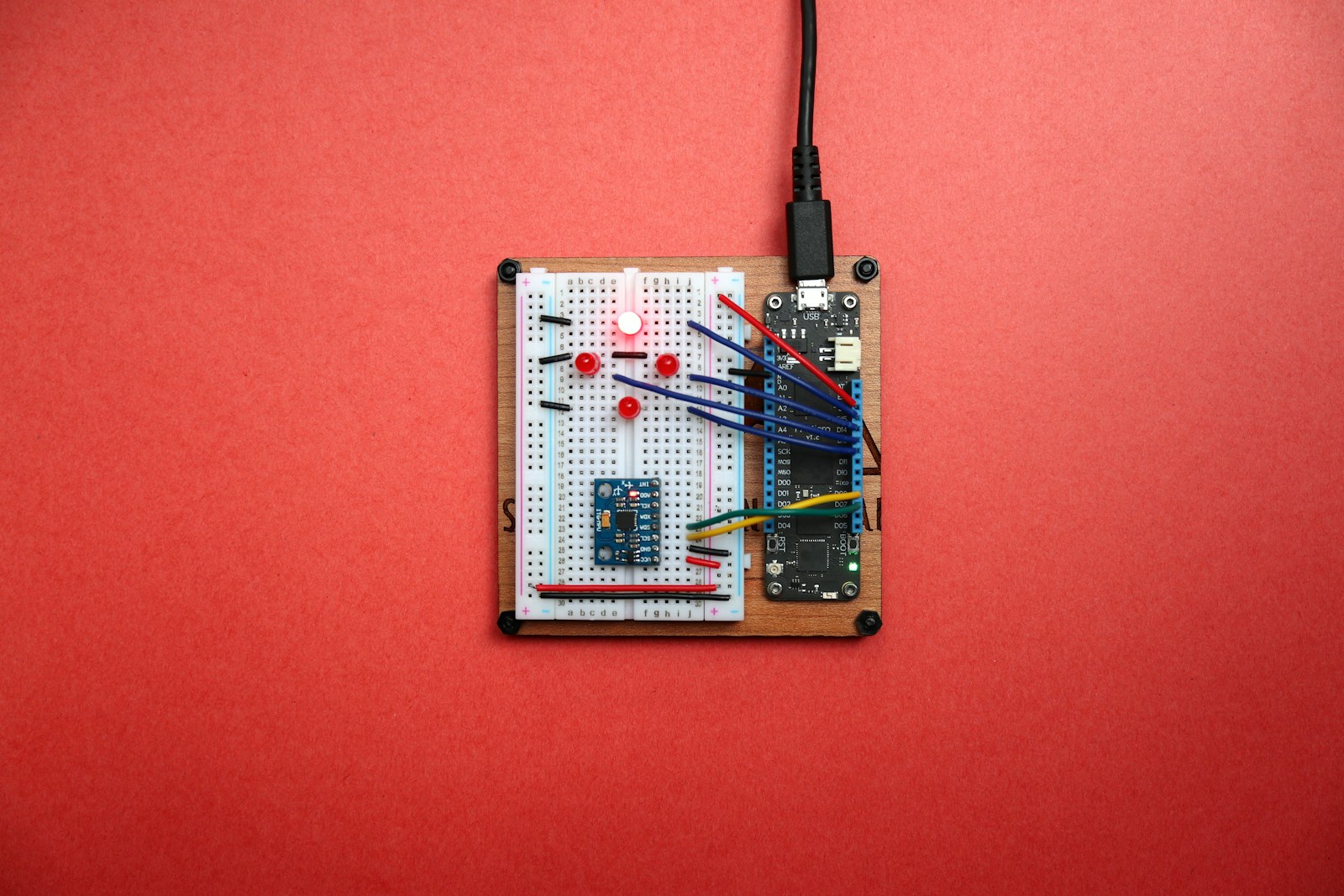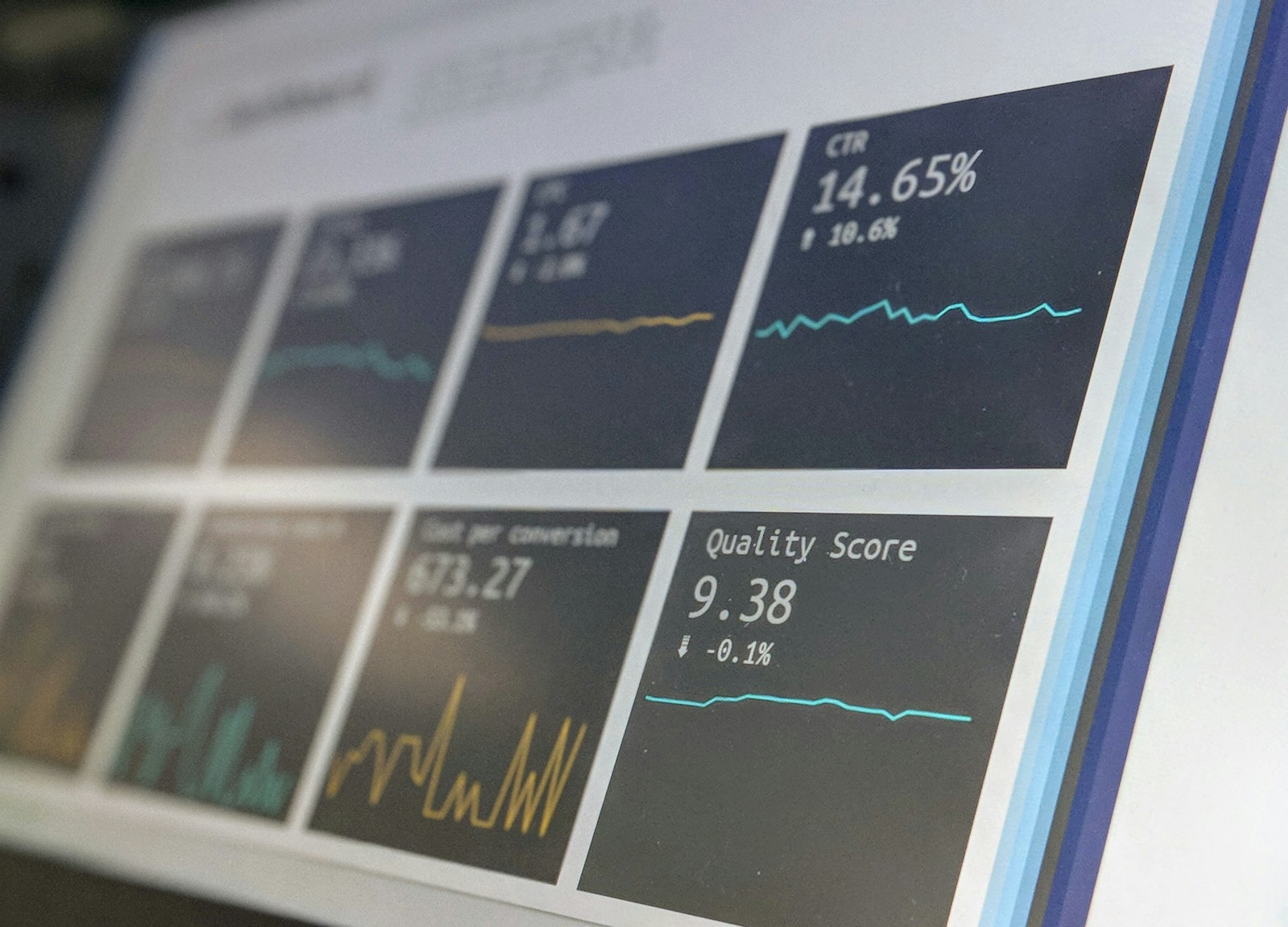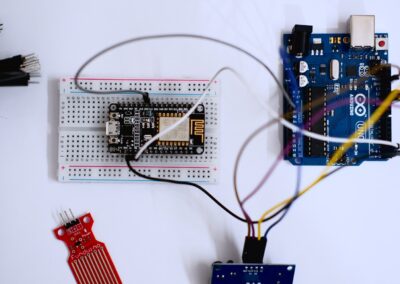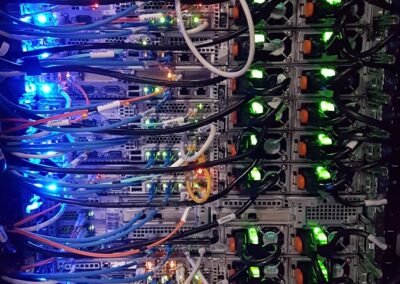Ensuring Seamless Operations and Security in IoT Networks
The Importance of Handling Firmware Updates in IoT Platforms
Handling firmware updates in IoT platforms is a critical aspect of device lifecycle management that ensures the security, functionality, and longevity of connected devices. As IoT ecosystems expand in technologically advanced regions like Saudi Arabia and the UAE, the need for reliable and efficient firmware management becomes increasingly crucial. Firmware updates are essential for addressing security vulnerabilities, enhancing device performance, and enabling new features that keep IoT systems running smoothly.
In cities such as Riyadh and Dubai, where smart city initiatives and cutting-edge technology are at the forefront of development, maintaining up-to-date firmware across IoT devices is paramount. Outdated firmware can expose devices to cybersecurity threats, leading to potential breaches that compromise sensitive data and disrupt operations. For businesses and organizations relying on IoT platforms, ensuring that firmware updates are promptly and correctly applied is key to maintaining the integrity and reliability of their systems.
Leading IoT platforms manage firmware updates by implementing automated processes, which minimize the risk of human error and ensure consistency across devices. These platforms also prioritize security by encrypting firmware files and verifying their authenticity before installation. By adopting these best practices, organizations can enhance the resilience of their IoT networks and safeguard against potential risks that may arise from outdated or compromised firmware.
Strategies for Efficient Firmware Updates and Device Lifecycle Management
Effective handling of firmware updates in IoT platforms requires a strategic approach that encompasses automation, security, and scalability. One of the most effective strategies is to implement over-the-air (OTA) updates, which allow firmware to be updated remotely without requiring physical access to the device. This approach is particularly beneficial in large-scale IoT deployments, such as those found in smart cities and industrial IoT applications, where manually updating each device would be impractical and time-consuming.
OTA updates not only streamline the update process but also enable organizations to roll out updates to multiple devices simultaneously, ensuring that all components of the IoT network are up to date. In regions like the UAE, where IoT technology is rapidly advancing, OTA updates provide a scalable solution that supports the growth and complexity of IoT ecosystems. Additionally, OTA updates allow for more frequent updates, enabling organizations to quickly address security vulnerabilities and improve device functionality.
Another important strategy is to implement robust testing and validation procedures before deploying firmware updates. This ensures that updates do not inadvertently introduce new issues or disrupt the functionality of IoT devices. For businesses in Riyadh and Dubai, where IoT devices play a critical role in various sectors, including healthcare, transportation, and energy, thorough testing is essential to maintaining operational continuity. By testing updates in a controlled environment before deployment, organizations can identify and resolve potential problems, reducing the risk of downtime or service interruptions.
Furthermore, effective device lifecycle management goes beyond just firmware updates. It involves continuous monitoring of device health, performance, and security throughout the device’s lifecycle. This includes proactively identifying devices that are nearing the end of their useful life and planning for their replacement or decommissioning. In the fast-paced technological environments of Saudi Arabia and the UAE, where innovation is key, having a comprehensive device lifecycle management strategy ensures that IoT systems remain resilient and adaptable to future challenges.
Challenges and Solutions in Firmware Management for IoT Platforms
While the benefits of effective firmware updates in IoT platforms are clear, organizations often face several challenges in managing this process. One of the primary challenges is the diversity of devices within an IoT network. Different devices may require different firmware versions or have varying update requirements, making it difficult to manage updates uniformly across the network. To address this challenge, organizations should adopt a centralized management platform that provides visibility and control over all connected devices, allowing for more efficient and coordinated firmware management.
Another challenge is ensuring the security of firmware updates. Since IoT devices are often deployed in environments with limited physical security, they can be vulnerable to tampering or unauthorized access. To mitigate this risk, organizations should implement secure boot processes and encryption protocols that protect firmware during transmission and installation. In regions like Dubai and Riyadh, where IoT is increasingly integrated into critical infrastructure, ensuring the security of firmware updates is essential to protecting the overall integrity of the system.
Finally, organizations must navigate the regulatory landscape surrounding IoT device management. In Saudi Arabia and the UAE, where data protection and cybersecurity regulations are stringent, compliance with local laws and international standards is critical. Organizations should stay informed about regulatory requirements and ensure that their firmware management practices align with these guidelines. By doing so, they can avoid potential legal issues and build trust with customers and stakeholders.
Conclusion
In conclusion, the handling of firmware updates in IoT platforms is a vital component of device lifecycle management that ensures the security, reliability, and functionality of connected devices. By implementing strategies such as OTA updates, robust testing, and centralized management, organizations in Saudi Arabia, UAE, Riyadh, and Dubai can effectively manage firmware updates and maintain the integrity of their IoT networks. While challenges such as device diversity, security risks, and regulatory compliance exist, these can be overcome through proactive planning, continuous monitoring, and adherence to best practices. As IoT technology continues to evolve, maintaining up-to-date firmware will be essential for organizations seeking to stay ahead in an increasingly connected world.
—
#IoTplatforms, #firmwareupdates, #devicelifecyclemanagement, #cybersecurity, #moderntechnology, #AI, #blockchain, #SaudiArabia, #UAE, #Riyadh, #Dubai, #executivecoaching, #leadership, #projectmanagement































